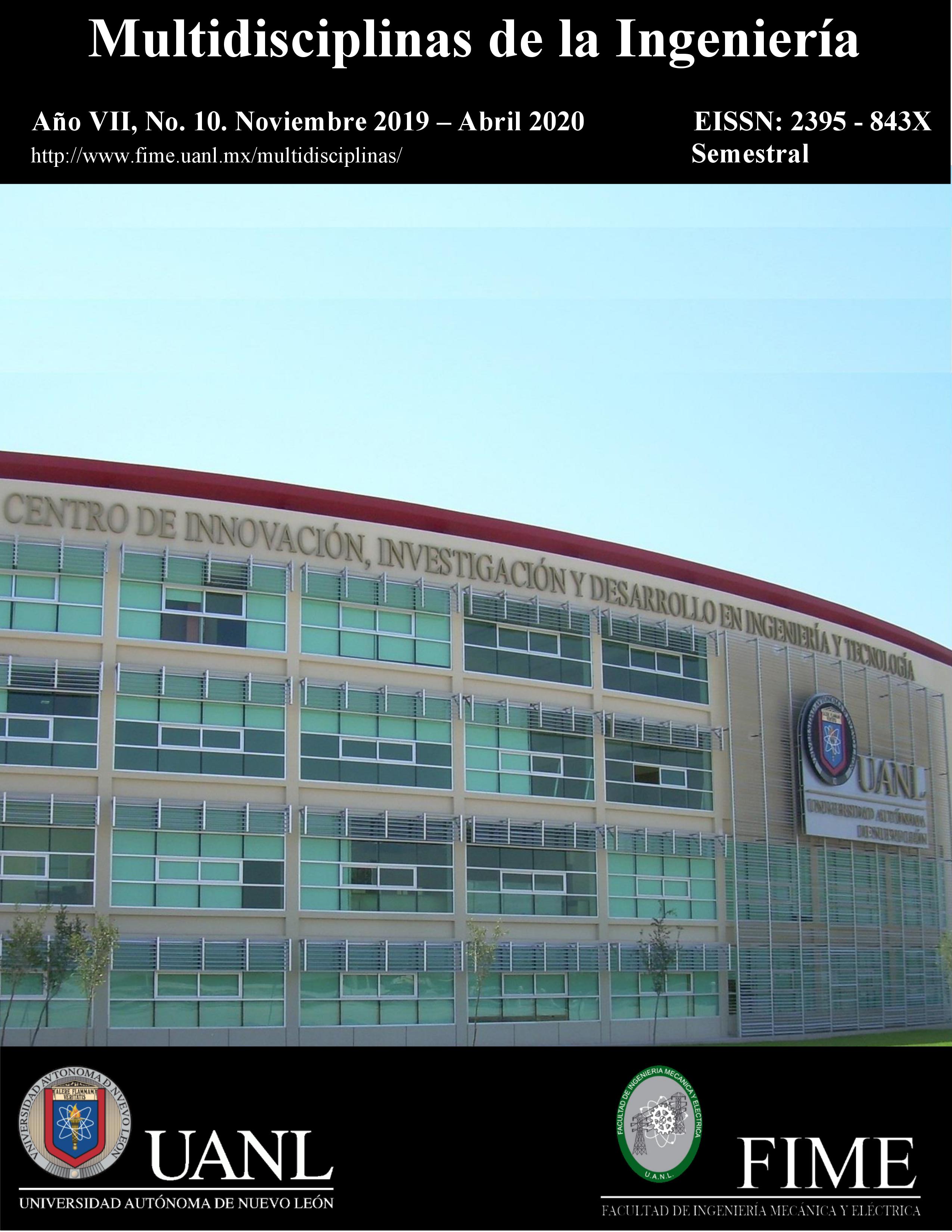Implementation of a DHCP Server using IPv6.
DOI:
https://doi.org/10.29105/mdi.v7i10.230Keywords:
Network, IPv6 protocol, DHCPAbstract
This article is informative and practical, presenting a proposal for the implementation of a DHCP service for IPv6 within the Facultad de Ingeniera of the Universidad Autónoma de Campeche.
This proposal is made in order to grant the Facultad de Ingeniera a better administration of the network, because the school goes through a transition phase having migrated from IPv4 to IPv6 technology, a methodology divided into 4 phases is used main, the basic concepts of a computer network, the characteristics and advantages of the Internet protocol version 6, the characteristics and advantages of DHCP and finally the methods of DHCP allocation.
Phases that illustrate us to generate a discussion of results in which one of the allocation methods that exist for the subsequent topology and configuration proposal is selected. Finally, a prototype was established in the Packet Tracer simulator to perform functional tests for possible use in the real system.
References
Tanenbaum, A. S., & Wetherall, D. J. (2012). Redes de Computadoras. México: Pearson Educación.
Deering, S. E., & Hinden, R. M. (Julio de 2017). Internet Engineering Task Force. Obtenido de https://tools.ietf.org/html/rfc8200
Stallings, W. (2001). Comunicaciones y Redes de Computadores. Madrid: Prentice Hall.
Systems, C. (20 de Enero de 2018). Cisco. Obtenido de Cisco: https://www.cisco.com/c/en/us/td/docs/ios- xml/ios/ipv6_basic/configuration/xe3s/ip6b-xe-3s-book/ip6-add-basic-conn-xe.html
Downloads
Published
How to Cite
Issue
Section
License

This work is licensed under a Creative Commons Attribution-NonCommercial-NoDerivatives 4.0 International License.





